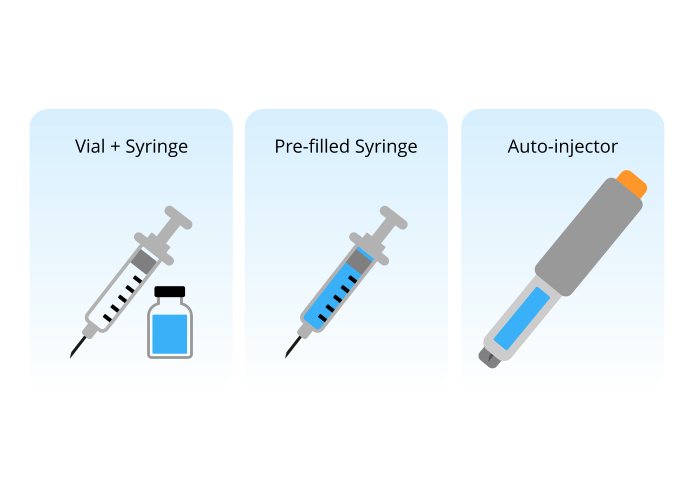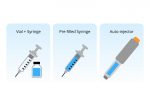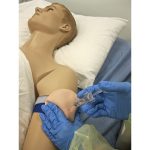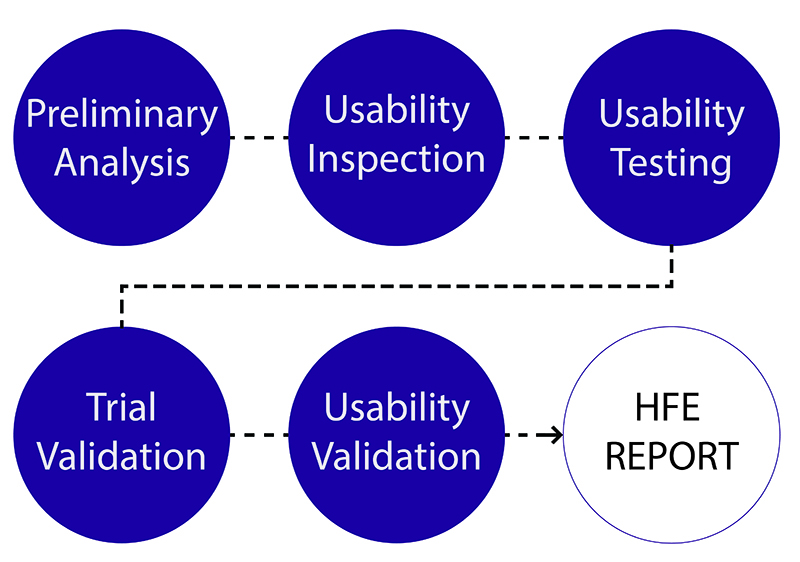Pharmaceutical companies invest substantially in the development of new, innovative therapies. However, while they spend considerable time and money developing a safe and efficacious drug, many companies do not make a concomitant investment in the development of an equally safe and effective drug delivery device. The choice of device might be far from an afterthought, but it has the potential to become a late-stage, somewhat rushed initiative.
In haste to get to market, some pharmaceutical companies select a device without fully considering whether intended end-users—the intended patient population—can use the device safely and effectively. Choosing a suboptimal and arguably flawed device can induce user interaction problems, which can lead to a failed summative (i.e., validation) usability test and hinder a company’s ability to get an important drug to market.
Given this pattern, pharmaceutical companies are well-served to select a device that is not only compatible with the drug, but that is also compatible with and carefully matched to the intended users and the associated use scenarios and critical tasks. Ensuring alignment is bound to increase the likelihood that users can interact with a given drug-device combination product safely and effectively, which boosts the likelihood of a successful human factors validation effort.

Device Selection Considerations
In many cases, multiple types of devices might be suitable to deliver a particular drug. For example, a drug intended for subcutaneous injection could be delivered using a patch pump, syringe and vial, pre-filled syringe, pen-injector, or auto-injector. Similarly, a metered-dose inhaler, dry-powder inhaler, or nebulizer might all be appropriate delivery devices for medication delivered via the lungs. When multiple device options exist, companies should carefully consider user needs as a key selection criteria. We describe some device selection considerations below.
User Impairments
Pharmaceutical companies should take the steps necessary to define users’ physical and cognitive capabilities (and, accordingly, limitations) and the potential impact on their ability to use a drug delivery device safely and effectively. Impairments that might affect whether intended users can use a given device and considerations of how to mitigate include the following:
Manual dexterity impairments. Assess whether users experience challenges working with their hands. Manual dexterity impairments, such as arthritis, neuropathy (numbness), muscle weakness, range of motion limitations and tremor, can all affect a person’s ability to handle a device properly. Subsequently, device features may be optimized—if there is design flexibility—to accommodate particular user impairments. Alternatively, one existing device might be better at accommodating the impairments.
For example, some individuals with rheumatoid arthritis might not have the fine motor control to grip and stabilize a narrow device, such as a syringe, but they can securely hold and manipulate a longer and wider device, such as an auto-injector.
Involuntary hand movements, such as those that might be associated with Parkinson’s Disease, Essential Tremor, and even stress or nervousness, is another manual dexterity impairment that can pose device interaction problems. The condition might complicate use of an injection device that requires users to hold the needle in the skin for several seconds. In fact, this task would be quite challenging for someone with shaky hands. Considering this impairment, the quality and safety of user-device interactions might be improved by a device, such as an adhesive patch pump, that does not require users to manually hold the device in place during drug delivery.
Visual impairments. Consider whether users have condition- or age-specific visual impairments. Conditions such as retinopathy, cataracts, glaucoma, or color blindness can cause user interaction problems if the device does not accommodate such impairments. Accordingly, a device that does not rely on users to read and interpret small text or visual cues (e.g., thin, small graduation marks on a syringe) might be the best choice.
Cognitive impairments. Assess whether users experience any cognitive impairments, such as memory loss, learning challenges, or difficulty concentrating that might hinder their interactions with a drug delivery device. For example, some people with Multiple Sclerosis are unable to reliably recall and execute a multi-step process, such as manually reconstituting (i.e., mixing) a drug comprised of diluent and powdered components contained in separate vials. However, people with Multiple Sclerosis might be more consistently be able to complete a simpler and shorter, three-step process without difficulty.
Continue to page 2 below.






